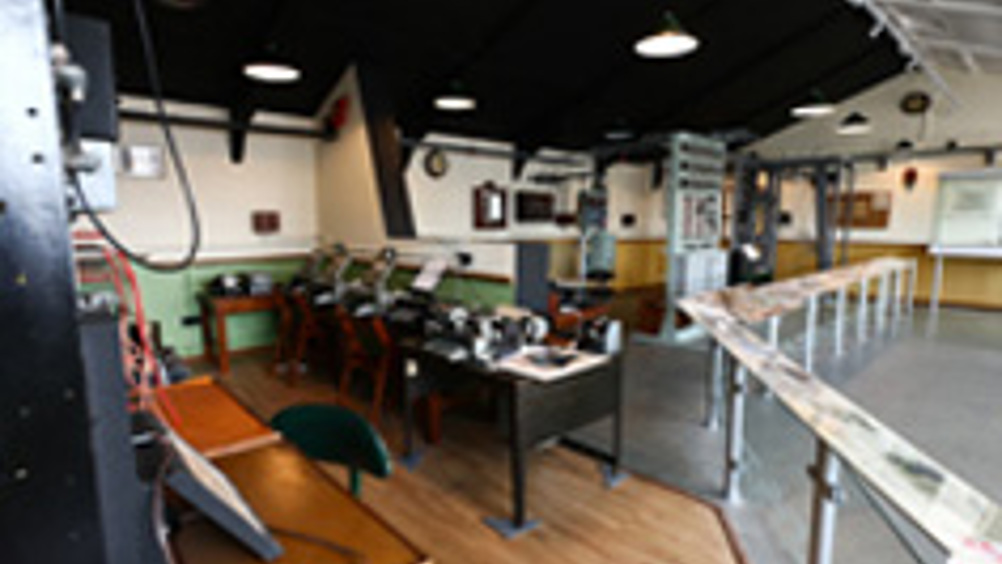National Museum of Computing recreates Tunny machine
After tens of thousands of man hours and with only fragmentary information about the original, a rebuilt and functioning Tunny machine has recently been completed by a team at The National Museum of Computing.

The original Tunny, which produced the final decrypts of enciphered communications of the German High Command, was completed in 1942.
A team led by John Pether and John Whetter rebuilt the fully operational Tunny machine based on fragmentary evidence consisting of a few photographs, partial circuit diagrams and the memories of a few original Tunny operators.
The design of the original Tunny machines was the result of the ingenuity of a team led by Bill Tutte, who worked in the Testery at Bletchley Park. Tunny was a re-engineering of the Lorenz SZ42 cipher machine used in radio-teleprinter communications among the German High Command.
Built by the Post Office Research Station at Dollis Hill in London, Tunny started its first decrypts in 1942. By the end of the war, between 12 and 15 machines were working around the clock, deciphering about 300 messages a week to gain vital intelligence.
Register now to continue reading
Thanks for visiting The Engineer. You’ve now reached your monthly limit of news stories. Register for free to unlock unlimited access to all of our news coverage, as well as premium content including opinion, in-depth features and special reports.
Benefits of registering
-
In-depth insights and coverage of key emerging trends
-
Unrestricted access to special reports throughout the year
-
Daily technology news delivered straight to your inbox










Water Sector Talent Exodus Could Cripple The Sector
Maybe if things are essential for the running of a country and we want to pay a fair price we should be running these utilities on a not for profit...